Shape/texture bias in brains and machines
With: Zejin Lu,
Radoslaw Cichy,
Tim Kietzmann
Summary: Building off
Geirhos et al. 2018, where CNNs were shown to be texture-biased as compared to humans, we redefine the shape bias metric and assess the influence of recurrence and development on the shape bias in RNNs, humans, and macaques.
Relational representations via glimpse prediction
With: Linda Ventura,
Tim Kietzmann, et al.
Summary: Inspired by
Summerfield et al. 2020, research on RF remapping, and predictive vision, we evaluate the usefulness of predicting the content of the next glimpse towards generating scene representations that bear relational information about its constituents.
Representational drift in macaque visual cortex
With: Daniel Anthes,
Peter König,
Tim Kietzmann
Summary: Employing tools developed during our investigations into continual learning, we study if representational drift occurs in macaque visual cortex and how that multi-area system deals with changing representations.
Brain reading with a Transformer
With: Victoria Bosch,
Tim Kietzmann, et al.
Summary: Using fMRI responses to natural scenes to condition the sentence generation in a Transformer, we study the neural underpinnings of scene semantics (objects and their relationships) encoded in natural language.
Comments: Preliminary results were presented at CCN'24
Perception of rare inverted letters among upright ones
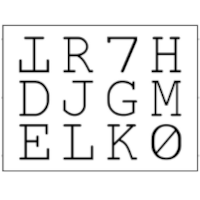 With: Jochem Koopmans
With: Jochem Koopmans,
Genevieve Quek,
Marius Peelen
Summary: In a Sperling-like task where the letters are mostly upright, there is a general tendency to report occasionally-present and absent inverted letters as upright to the same extent. Previously reported expectation-driven illusions might be post-perceptual.
Comments: Jochem's masters thesis. Paper in prep.
Task-dependent characteristics of neural multi-object processing
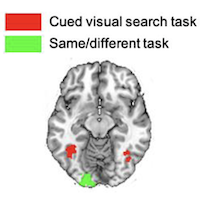 With: Lu-Chun Yeh
With: Lu-Chun Yeh,
Marius Peelen
Summary: The association between the neural processing of multi-object displays and the representations of those objects presented in isolation is task-dependent: same/different judgement relates to earlier, and object search to later stages in MEG/fMRI signals.
Publication: JNeurosci'24 paper
Comments: JNeurosci paper in brief
The nature of the animacy organization in human ventral temporal cortex
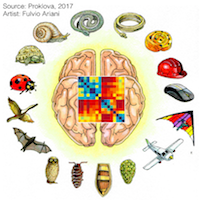 With: Daria Proklova
With: Daria Proklova,
Daniel Kaiser,
Marius Peelen
Summary: The animacy organisation in the ventral temporal cortex is not fully driven by visual feature differences (modelled with a CNN). It also depends on non-visual (inferred) factors such as agency (quantified through a behavioural task).
Publications: eLife'19 paper,
Masters Thesis
Comments: Masters thesis in brief,
eLife paper in brief
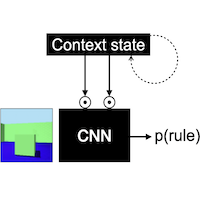 With: Rowan Sommers, Daniel Anthes, Tim Kietzmann
With: Rowan Sommers, Daniel Anthes, Tim Kietzmann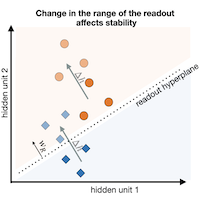 With: Daniel Anthes, Peter König, Tim Kietzmann
With: Daniel Anthes, Peter König, Tim Kietzmann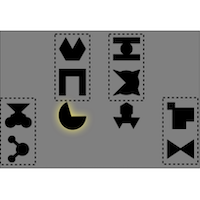 With: Genevieve Quek, Marius Peelen
With: Genevieve Quek, Marius Peelen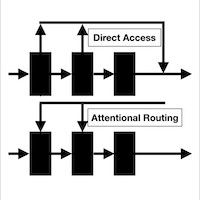 With: Johannes Singer, Radoslaw Cichy, Tim Kietzmann
With: Johannes Singer, Radoslaw Cichy, Tim Kietzmann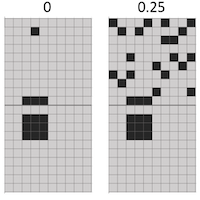 With: Lotta Piefke, Adrien Doerig, Tim Kietzmann
With: Lotta Piefke, Adrien Doerig, Tim Kietzmann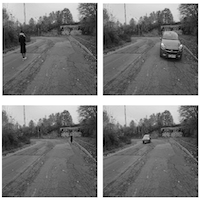 With: Surya Gayet, Marius Peelen, et al.
With: Surya Gayet, Marius Peelen, et al.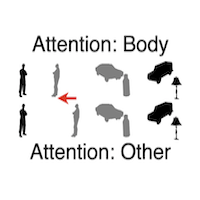 With: Marius Peelen
With: Marius Peelen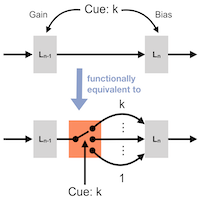 With: Giacomo Aldegheri, Marcel van Gerven, Marius Peelen
With: Giacomo Aldegheri, Marcel van Gerven, Marius Peelen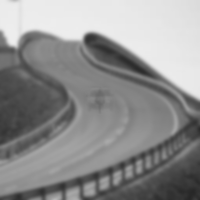 With: Ilze Thoonen, Sjoerd Meijer, Marius Peelen
With: Ilze Thoonen, Sjoerd Meijer, Marius Peelen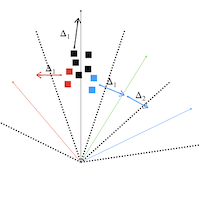 With: Adrien Doerig, Tim Kietzmann
With: Adrien Doerig, Tim Kietzmann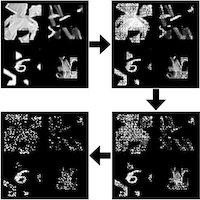 With: Giacomo Aldegheri, Tim Kietzmann
With: Giacomo Aldegheri, Tim Kietzmann With: Jochem Koopmans, Genevieve Quek, Marius Peelen
With: Jochem Koopmans, Genevieve Quek, Marius Peelen With: Lu-Chun Yeh, Marius Peelen
With: Lu-Chun Yeh, Marius Peelen With: Daria Proklova, Daniel Kaiser, Marius Peelen
With: Daria Proklova, Daniel Kaiser, Marius Peelen With: Varad Choudhari
With: Varad Choudhari 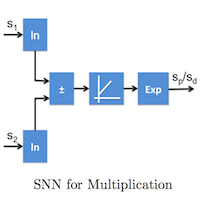 With: Sukanya Patil, Bipin Rajendran
With: Sukanya Patil, Bipin Rajendran